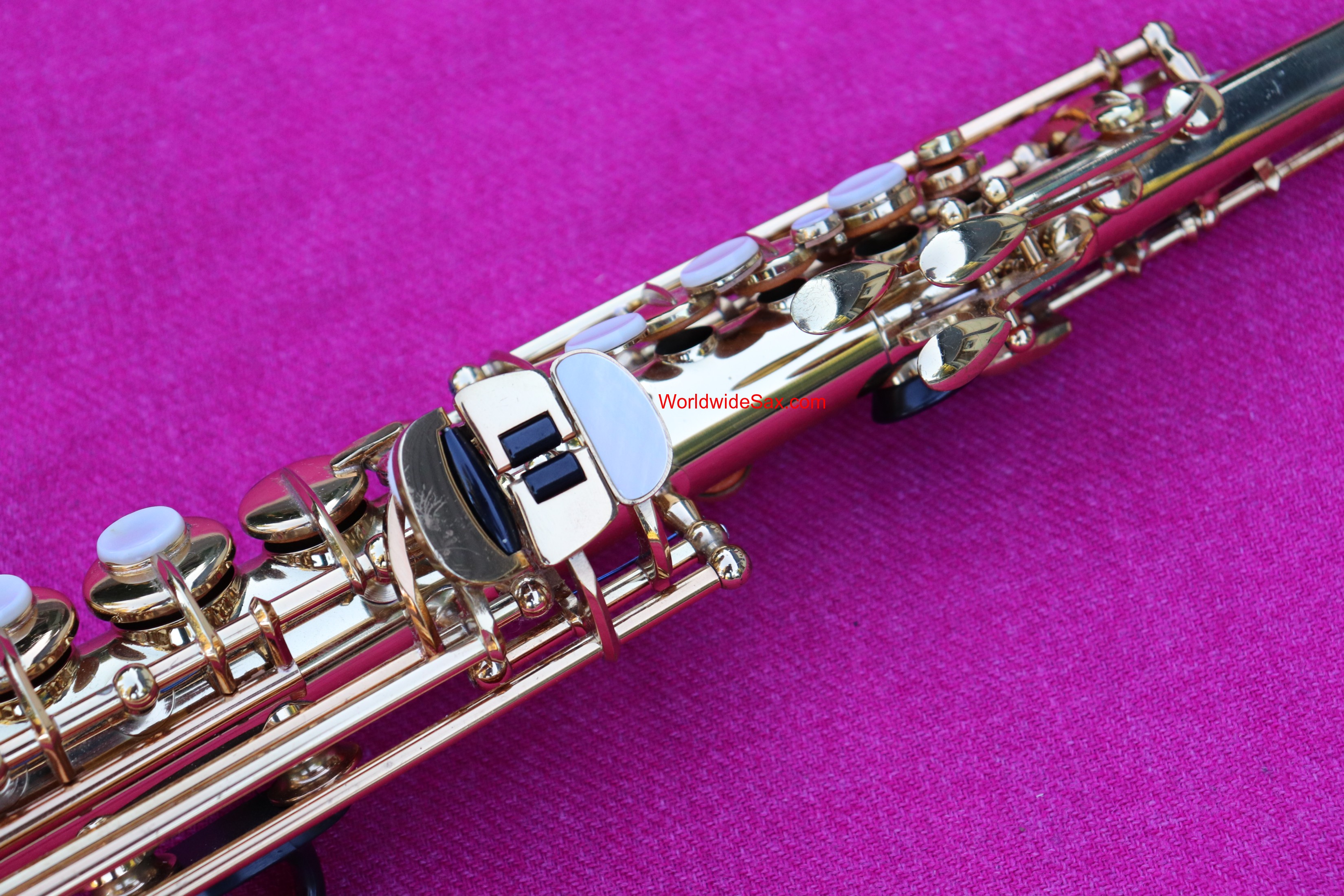

Own trumpets, trombones, and at some point also cornets and flugelhorns. In the early 1950s, in addition to their saxophones, Keilwerth started producing their It might be the only known pre-war Julius Named Kraslice after the war so this must be a pre-war trumpet. Numbered 52, 53, 54 and the little anchor that is the trademark of Graslitzįuchs, another company that was integrated in the Amati collective. Keilwerth trumpetįrom Graslitz appeared on German Ebay in 2015. Production in the 1950's, after Julius had moved to Nauheim. Keilwerth is believed to have started brass The Nauheim headquarter at the Industriestrasse that was On 1 August 2010 they were subsequently acquired by Saxophone workshop at Königstrasse 101 in Nauheim. In 2007 Gerhard Julius Keilwerth left the company and started a The Keilwerth production moved to Markneukirchen under sharp protests from the workforce, t he administration remained in Nauheim. By then some 100.000 saxphones were produced. ( - ) became manager at Keilwerth, together with hisīoosey & Hawkes purchased Keilwerth and merged the company with After his death in 1982 Julius nephew Gerhard Julius Keilwerth Named Josef, and had been the plant manager in Graslitz. Was trained as woodwind instrument maker, as well as his brother-who was also Julius was helped along in his efforts by his son Josef (1919 – 1982), who

That Julius Keilwerth was the only one who could legally use the Toneking name. It took until 1955, for the European Court of Justice in The Hague to rule Not only did Amati use the name Toneking, they also used the Keilwerth logo,Īs well as Keilwerth serial numbers. Since they were the legal successor to the name, after their takeover of the Amati claimed in 1954 that they (also) had the right to use Legal battle flared about who had the right to use the Time more than 80 people were producing saxophones and brass instruments. Keilwerth factory Königstrasse 103 Nauheim Here the operations from Nauheim and Groß-Gerau were broughtįorm. The Königstädter Strasse 103, four pavillons with an innerĬourt. In 1962/1963 the OffenbacherĪrchitektengemeinschaft Novotny & Mähner designed and built a new factory at Groß-Gerau was bought to give room for the metal wind instrument making. Most of them were old employeesįrom Graslitz. Making not only saxophones but also trumpets and trombones, and Inġ953 Keilwerth had some 50 people at work (home workers included), Subsidiary division on Helwigstrasse in Groß-Gerau, 5km from Nauheim. Later the company also opened and maintained a In 1949, the Keilwerth company moved into a new buildingĪt Königstädter Strasse 101 in Nauheim. Trademark, had the model name 'Toneking' and had Julius Keilwerth serial numbers. Saxophones that Amati sold were still stamped with the "JGK - Best in the World"

Kraslice, in 1948 became part of the Czech Amati collective. The old Julius Keilwerth production facilities in Graslitz, now On January 29, 1947, the Julius Keilwerth Company started its operations in the laundry room of theīäckerei (bakery) Stelzer at Bahnhofstrasse 9, Nauheim. Instrument makers also had settled down in Nauheim, due to an Julius Keilwerth first went to Nordhessen and in 1947 settled down in Nauheim, near Frankfurt. Other He went with his wife Franziska (28-10-1971), son Josef (27), his wife Julius Keilwerth, then aged 52, is mentioned on anĮxpulsion list for train 15, wagon 33, on Sept 12th 1946 destinationīavaria. People were only allowed to take 50 kg (110 lbs) of luggage Leave Graslitz, like most of the German speaking population in Bohemia.

Keilwerth bought the villa of Anton Richard Breinl, Lipova Ceste Silberbacherstrasse 1348 (now Havlíčkova). In 1930 he built a factory with a house at the Were extremely successful, he began making sopranos, baritones and, upon specialĮmployees worked in the Keilwerth factory, and an additional 50 were homeworkers.īecame one of the largest saxophone manufacturers in Europe by the start of WWII, Julius started making alto and tenor saxophones. The Julius Keilwerth company was founded in Graslitz in 1925, when They primarily manufactured saxophones for Adler andį.X. After thisĪpprenticeship, Julius Keilwerth and his brother, Max, established a workshop in Keilwerth brass instrument m odels Keilwerth Blechblasinstrumente ModelleĪpprenticed for the Kohlert company in Graslitz, Czechoslovakia. Keilwerth brass instrument production Keilwerth Blechblasinstrumente


 0 kommentar(er)
0 kommentar(er)
